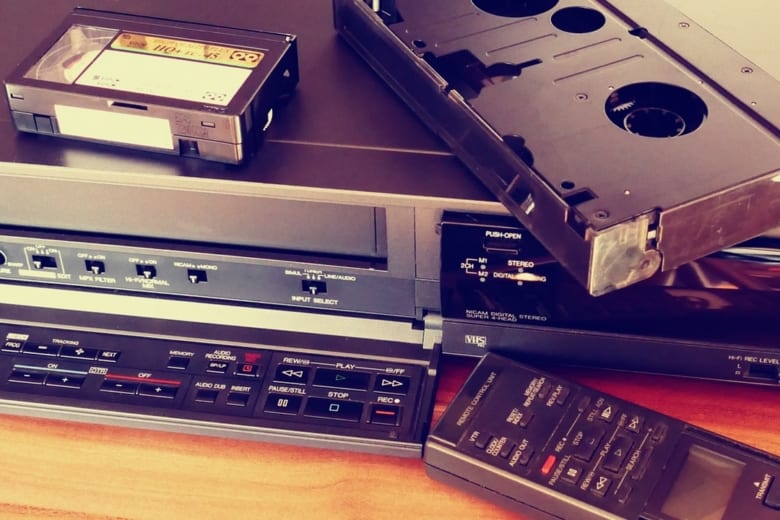VCRs may seem antiquated and old-fashioned today, but they were once the staple of every modern household throughout the early 1990s and 2000s. The invention spawned a whole new industry, with Sony, JVC, and other electronics companies generating billions. It also led to the video store, where families would gather to pick their favorite movies for the weekend.
In many ways, the VCR invented the idea of independent television viewing. Before its invention, people’s viewing experiences were controlled exclusively by broadcasters.
Before the advent of DVDs, the VCR and VHS tapes reigned supreme. So, let’s look into the history of VCR, when were VHS tapes invented, and how VCRs changed the world.
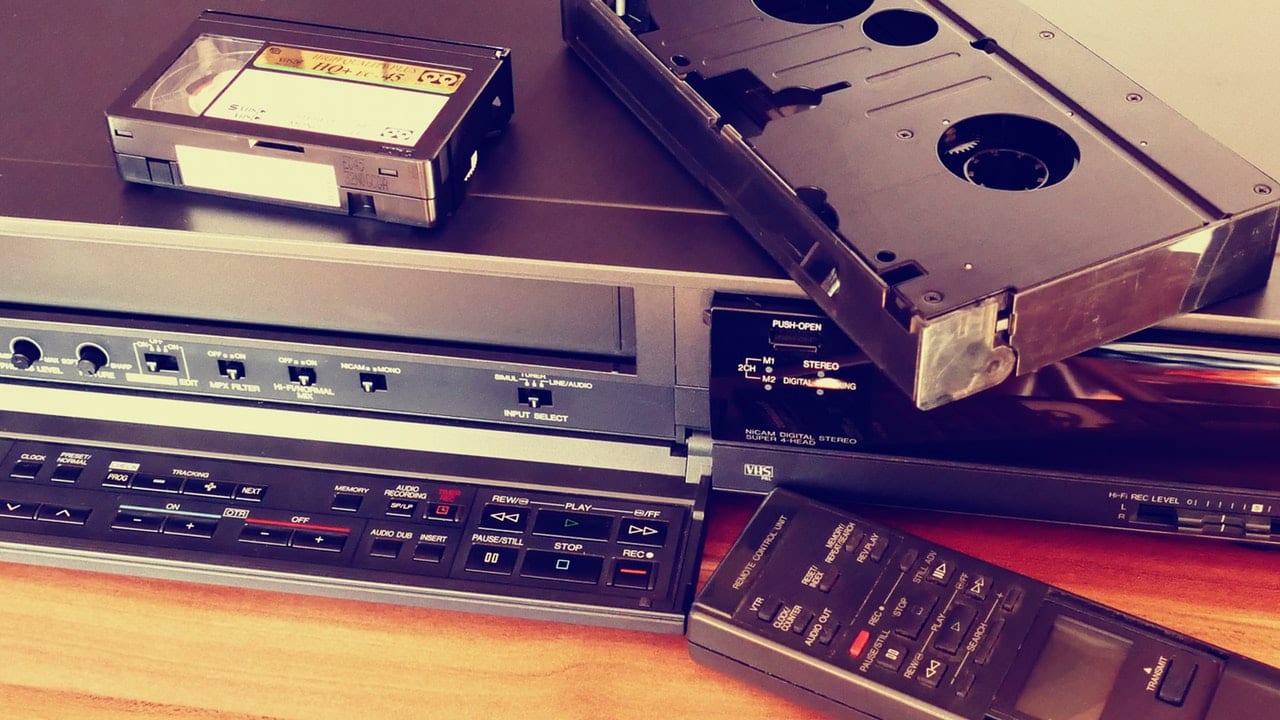
A Brief History of the VCR
At one time, the VCR was a ubiquitous part of any household. Most American families would have a VCR hooked up to the TV and an entire cabinet filled with VHS tapes.
What truly stood out about the VCR wasn’t just that you could watch your favorite movies on demand, but you could even record live television. VCR recording allowed you to take any channel’s broadcast and put it on your own blank VHS tape.
This led to a massive black market in copyrighted material. In some neighborhoods, people would even sell VHS tapes out of the backs of their cars.
Let’s go back to the beginning and explore the question, “when were VCRs invented?”
When Was the VCR Invented?
Most people believe the first VCR was invented in the latter half of the 20th century. The truth is they were invented back in the 1950s. The goal of this invention was to allow households to record what they saw on their television screens.
You also may be wondering when was the VHS invented? Note that the VCR long predates the VHS tapes associated with these machines. Originally, VCRs were incredibly expensive. You likely had no idea what a VCR was unless you were rich, much less used one.
In many ways, VCR history mirrors that of personal computers. Initially, they were expensive, and there were countless players within the industry.
It wasn’t until the mid-1970s that the price came down, and several prominent players emerged. The defining battle of the age came down to Sony vs. JVC.
Sony would push the Betamax, and JVC pioneered the VHS tape. These were two different types of technology, and the two electronics giants would go to war over the following decades.
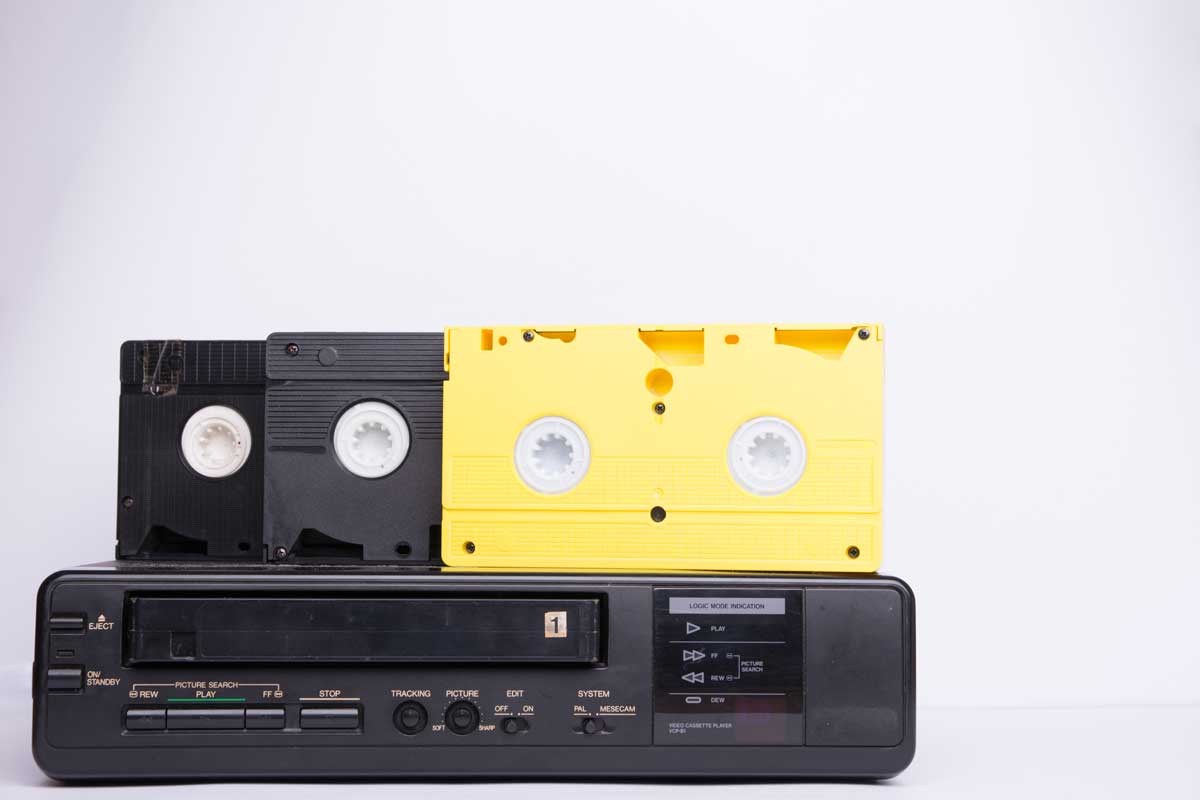
VHS vs. Betamax
The fact that people talk about VHS history shows you who won the war between Sony vs. JVC. However, for a while, these two systems dominated the global market. While Betamax may be something of a joke these days, these were groundbreaking systems for VCR recording at the time.
Sony Betamax was the first product to market, with its introduction in May 1975 in Japan, before a release the same year in the U.S. While Betamax was sharper, crisper, and compact, VHS continued to offer longer-playing videos and lower prices.
Each format had its advantages, but eventually, VHS would come out the winner. Within VHS’s first year, it robbed Sony of 40% of its business.
One of the defining factors within this battle was that JVC created an open patent for VHS, allowing other companies to use the technology. Smaller companies would choose to use VHS, while Betamax remained a closed shop.
VHS’s victory led to the proliferation of home videos across the world. People could not only watch TV shows and movies but could create their own. It was even possible to record home videos of treasured family moments.
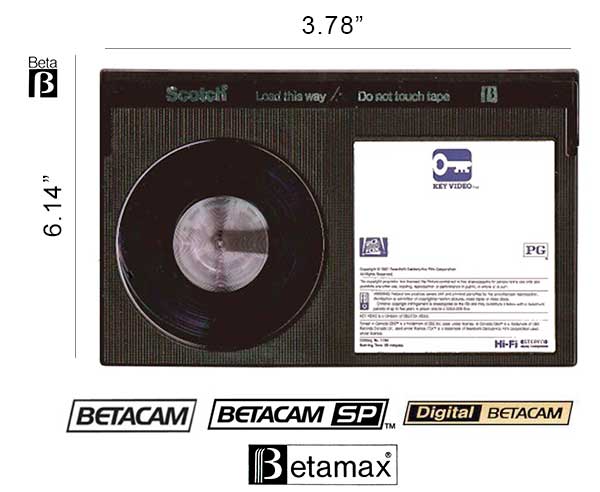
Why VHS Had Such a Massive Advantage Over Betamax
Today, the priority of tech geeks everywhere is better everything. Betamax did have some significant technological advantages over the VHS.
The audiences of the 1970s and 1980s were different from those today. They had other priorities. Some of the reasons why VHS was infinitely more attractive include:
- Tracking Button – The most common problem with VHS tapes was tracking. Every VCR came with a tracking button to resolve the issue 99% of the time. Even today, streaming services have tracking problems because once the connection slows, the video becomes pixelated, and there’s little you can do about it.
- Affordability – When VCR history began, these machines were expensive. By 1975, the price of a machine was as low as $1,000. By 1985, VCRs with better features could cost as little as $200, which was well within most families’ budgets.
- Maintenance – VCRs and VHS tapes were pretty sturdy. However, when problems did happen, many people enjoyed opening up their machines and marveling at the complex mechanisms.
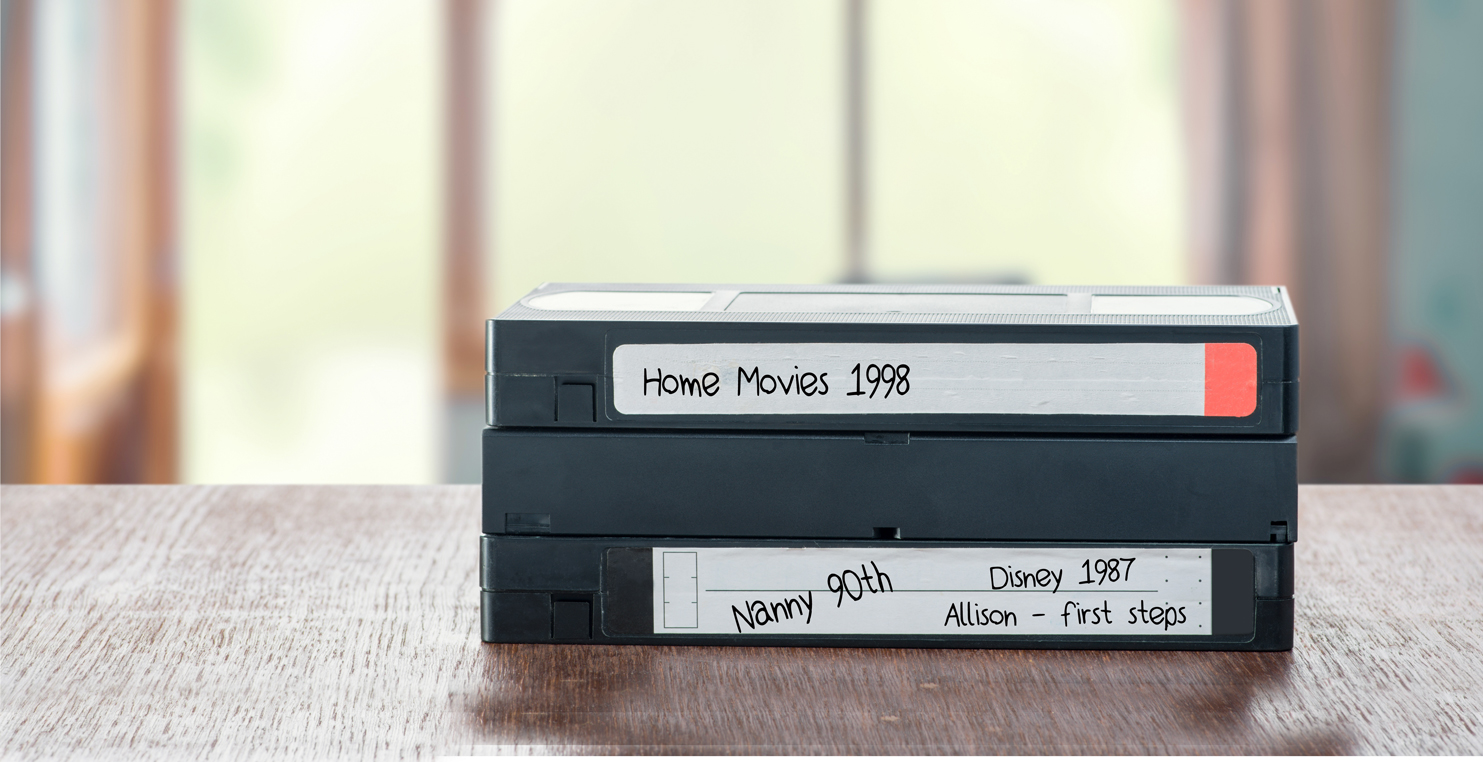
Why the VCR and VHS Tapes Were so Important
It’s easy to look at these pieces of technology and wonder why they were so crucial to the history of American culture. Those who grew up during the time of VCR history understand why they were so important in changing family life.
First, before mainstream VCRs, television was restricted to a small range of channels. You were at the mercy of whatever the broadcaster wanted to play, including when they wanted to broadcast a show. In other words, home entertainment options were limited, and the viewer had no control over this.
VHS tapes changed matters because you could buy a movie at the store, and rather than going to the cinema, you could create your entertainment.
A familiar sight back in the day was siblings fighting over who got to record their favorite TV shows. It was a staple of growing up during the final decades of the 20th century.
The Fall of VCR and VHS Tapes
From the coming of VHS to the American market in 1977 to 2003, the tale of the VHS tape and the VCR machine saw continuous success. Yet, like everything, all good things come to an end.
While VCRs and VHS tapes would continue to be the ‘go-to’ home entertainment option, DVDs came onto the horizon. Most historians mark the formal end of the VCR era in 2003 because this was the first time the DVD became the market leader. VHSs would struggle on for a few more years before gradually disappearing from view.
The DVD was an important innovation because it marked the beginning of the digital era for home entertainment. Unlike VHS tapes, digital storage via a DVD was widely considered to be a better option as it didn’t come with the distortion associated with VHSs.
Moreover, DVDs and DVD players were more compact and portable while also maintaining the affordability that made VCRs so popular in the first place.
Even with the rise of DVDs, VCR and VHS history continues. As late as 2005, 95 million Americans continued to own a home VCR player. Perhaps the biggest turning point came when Hollywood stopped releasing movies on VHS.
The final death of VHS’s happy relationship with Hollywood came in 2006, with “A History of Violence” being the final Hollywood production to be released on VHS.
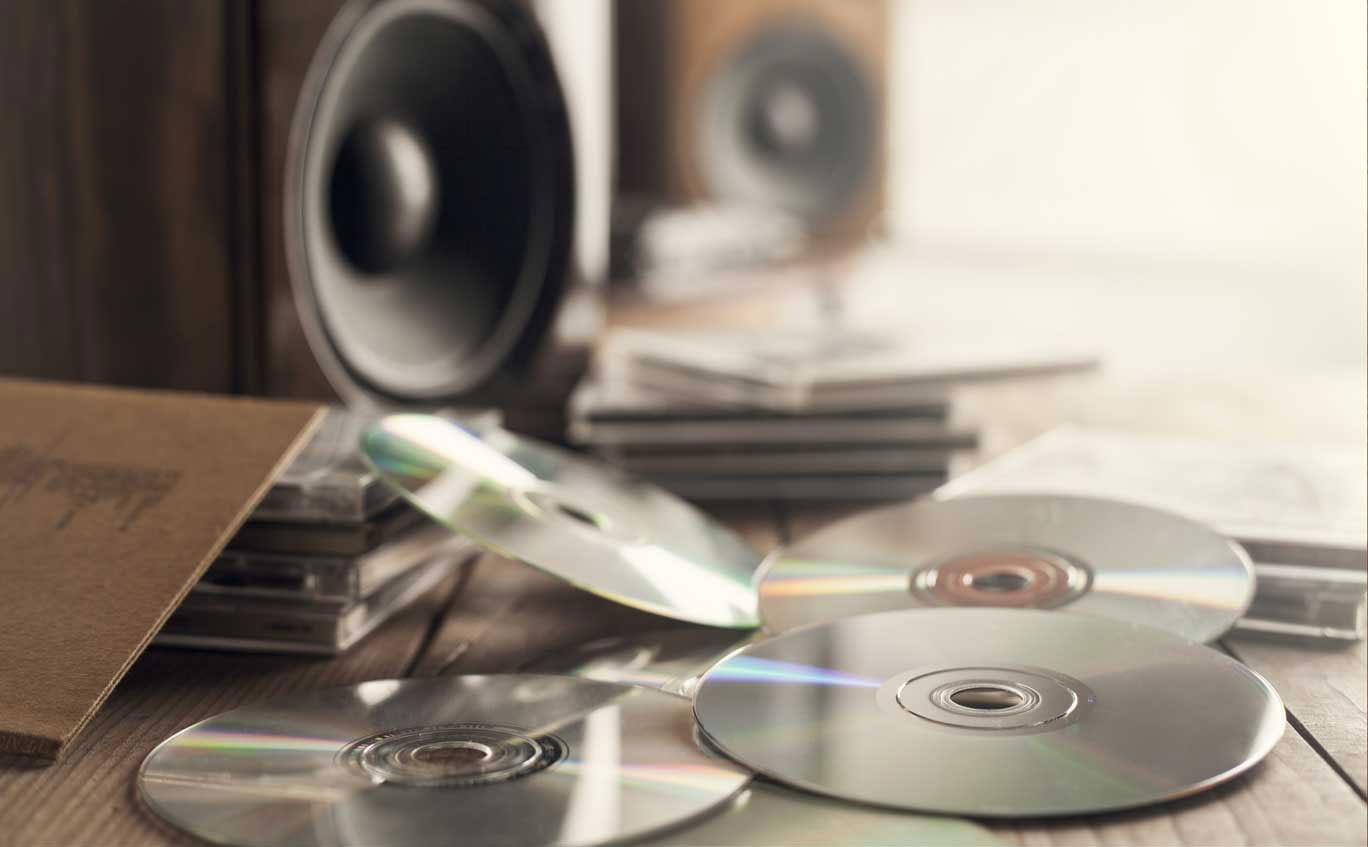
Why VHS Will Not Follow the Same Story as Vinyl
Vinyl has made a remarkable comeback in recent years. Since the shift to digital storage and streaming, CDs have fallen out of favor. On the other hand, vinyl has gained a cult following. There has even been a return for vinyl music charts.
So, why will VHS not make the same return?
VHS tapes simply lack the same qualities as a vinyl record. Although vinyl record players are large and require a lot of maintenance to keep them in good condition, these players offer a different quality of music. The sleeves also contain unique artwork to deliver an experience that cannot be replicated in any other format.
VCR and VHS don’t possess these qualities that can allow them to make a similar return. DVDs were able to supplant the VCR and VHS players of yesteryear because they simply offered a better viewing experience. These machines and their discs were more compact options.
It’s a simple matter of evolution.
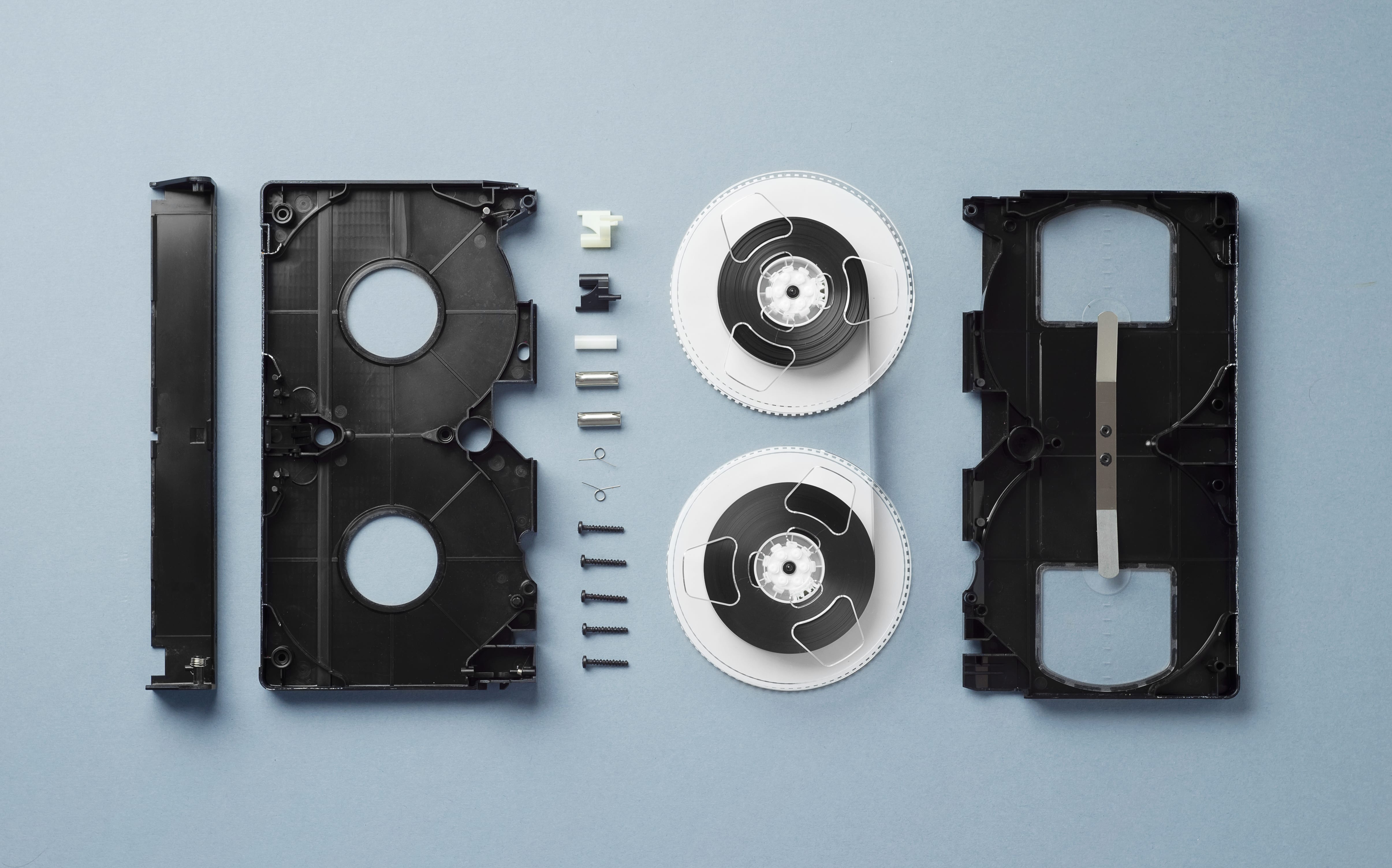
The Big Rewind
Although VHS tapes lack the same qualities as old-fashioned vinyl, there is still a small yet growing cult following for VHS tapes. Old tapes were previously near impossible to sell, but there has been a comeback in recent years.
Some major retailers have taken notice, with Target selling Blu-Ray editions of movies like The Breakfast Club and Jaws in chunky VHS boxes. Some record shops and thrift stores have started selling VHS tapes again. One look on eBay will reveal 600,000 results for VHS movies.
There has been a renewed enthusiasm for the old format in the face of streaming. You can find a small patchwork of online forums dedicated to forming niche VHS communities. These communities trade tips on repairing old VCR machines, where to purchase reliable VCRs, and finding rare VHS tapes. This thriving marketplace has worked to keep the old format alive.
But why has the community suddenly sprung into existence?
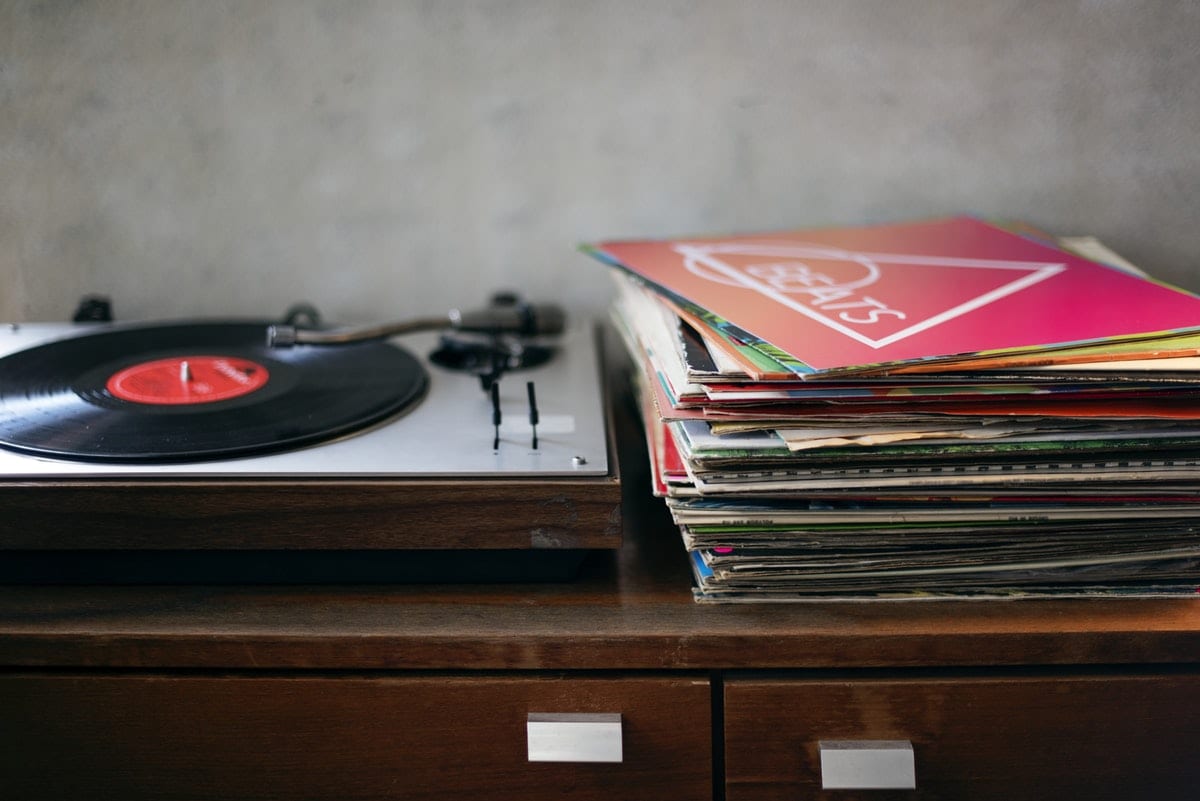
The return of vinyl can partly explain it. People want something physical that they can hold in their hands. With everything digitized and available on the cloud, the idea of having a collection of tapes sitting on your shelf is too good to pass up. It’s why people still purchase physical books when they can hold thousands of titles on their Kindle devices.
There’s also the nostalgia aspect to consider. Many members of these communities are from Generation X. They grew up firmly in the golden age of the VHS. The distortions and lack of HD quality are the attraction to these people. It harkens back to a simpler time when home entertainment wasn’t perfect.
Is it just a fad that will fade away soon enough?
There is an argument for that. VHS tapes do have the attraction of a low form of fine art. While there’s no telling what will happen in the future, it’s clear that a solid yet fanatical following will keep the format alive for some time.
Fun Facts About VHS Tapes
VHS tapes have an intriguing history that runs parallel to VCR history. Even those who grew up with a VCR in their homes, don’t know much about their history.
To provide further context to the VHS tape and its legacy, here are five fun facts you probably didn’t know.
The VHS Tape Arrives
The first VHS tape was invented in the early 1970s in Japan. What made the tape so special was that it was a magnetic tape recording device. VHS wasn’t the first type of magnetic tape recording device to come into existence, but it was the first to be available to the average person.
Previous magnetic tape recording devices were mainly found within highly professional settings, such as medical labs and television sets.
Unless you had an industry contact, you were unlikely to ever come across them.
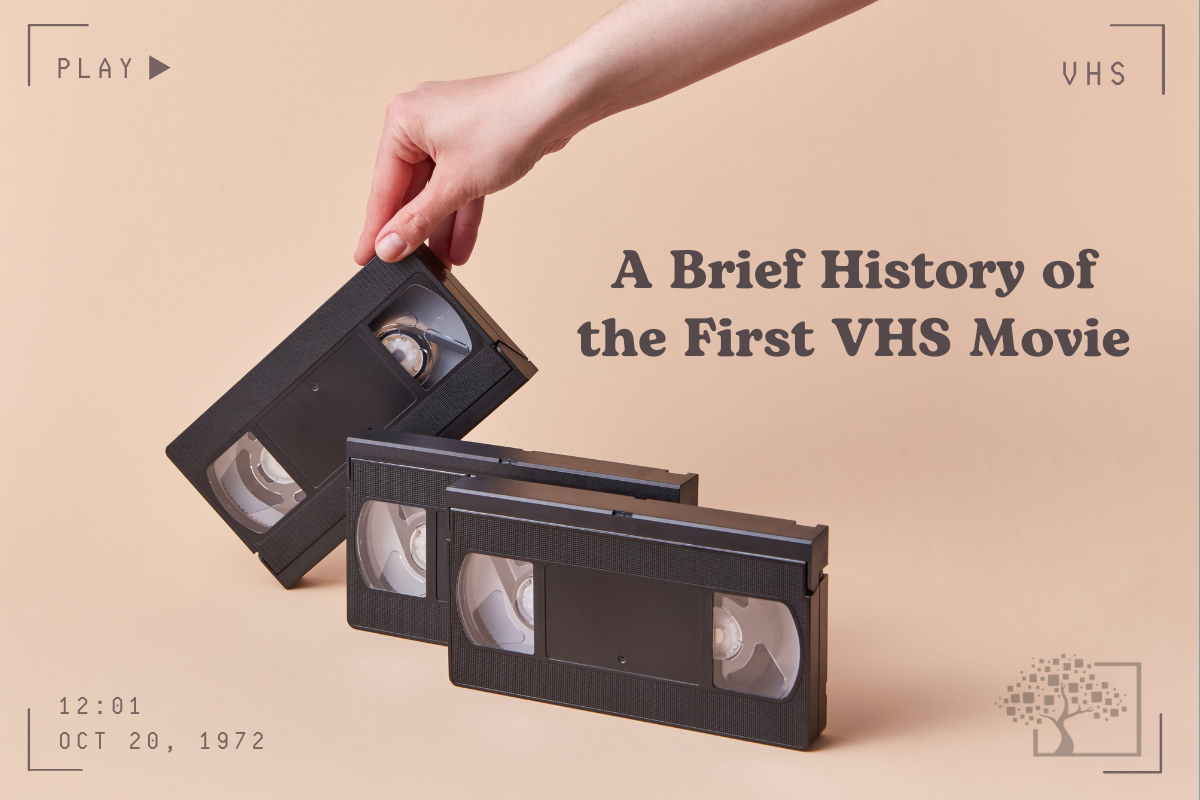
The First VHS Movie
Naturally, Hollywood would soon begin releasing their movies onto VHS with gusto. Before the VHS, the only way to watch a film was to visit the cinema. Rather than trying to halt the proliferation of home entertainment, Hollywood embraced it. A VHS release of the latest hit would form part of any release schedule.
It was so important that it gave smaller studios the chance to get creative. Without being a major movie studio, you would have no way of distributing your movie. It’s why minor cult hits on smaller budgets could enter the market without the support of the mainstream industry.
So, what was the first movie to reach VHS?
The Young Teacher was the first movie to be released on VHS. It was a movie from South Korea about a teacher who organized a volleyball game to boost her students’ self-confidence. The movie itself was widely considered a failure and gained little recognition around the world, but this little piece of history has enshrined it in VCR history.
The Best-Selling VHS Movies
Today, the best-selling VHS movie of all time is The Lion King. The 1995 release of the original Disney movie saw 32 million copies sold. It led to Disney reporting $520 million in revenue. The chances are if you have any VHS tapes around, you still have a copy of this movie.
The Godfather, Titanic, and Gone With the Wind were other big movie heavyweights to benefit from the popularity of the VHS tape.
Unfortunately, since the VHS tape was 1,410 feet long and only allowed for four to five hours of playtime, many movies came on multiple VHS tapes, requiring you to swap out tapes halfway through your movie.
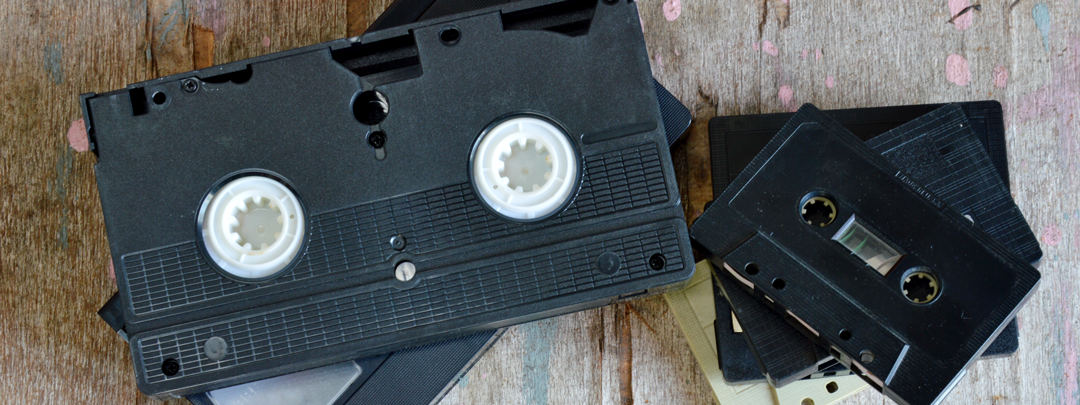
The World’s Final VCR Machine
Most people believe that the last VCRs were made sometime in the 2000s. While most of the big players dropped out of the business during this time, the final VCR machine was manufactured as late as June 2016.
Funai Electric in Japan became the final company to manufacture these devices. During their heyday, they sold 15 million units in a single year. The year before announcing the end of the VCR, Funai Electric still managed to sell 750,000 units in 2015.
The end of the VCR machine made the world headlines, with the likes of CNN, Forbes, and USA Today reporting on the VCR era’s final demise.
While the VCR machine is no longer in production, you can still find VCRs being sold worldwide. They’re available today for as little as $20 on eBay and the Amazon Marketplace. There’s also a strong community dedicated to repairing these machines.
With a cult following still in love with the VCR, you may well find that smaller companies will return to making new VCRs with old technology in the years to come.
VHS Saved 20th Century Fox
Nobody could imagine 20th Century Fox as anything more than one of the most well-known companies in the world. Back in the 1970s, 20th Century Fox was struggling financially and was in danger of collapsing.
That was until a company called Magnetic Video came around hunting for the rights to reproduce their movies for home video. It became one of the most lucrative partnerships of the VHS era, with M*A*S*H and The Sound of Music becoming some of the first American movies to make it to the format.
It was the beginning of a booming home video industry in the U.S.
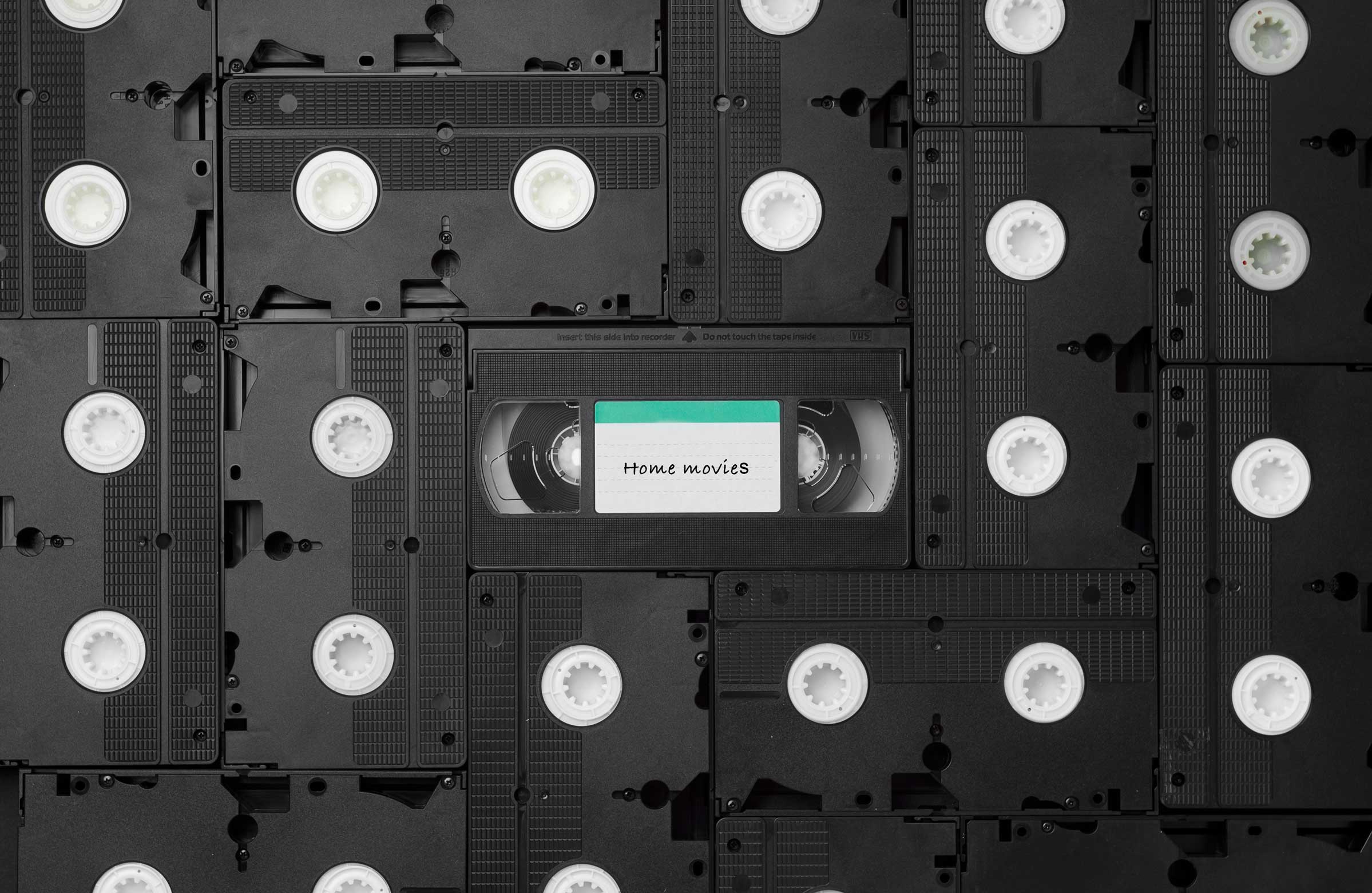
Preserve Your Family Memories with EverPresent
And there you have it, VCR history in a nutshell. If you have any home videos in your attic or basement, you may be worried about preserving those bygone days. Thankfully, there is a way to convert vhs to digital and save them for future generations.
EverPresent is dedicated to conserving the past and ensuring your family memories never die. With our video transfer service, you can take your old family tapes and digitize them for storage in the cloud.
Don’t let your most important memories fade away and disappear forever. Get in touch with EverPresent now.

